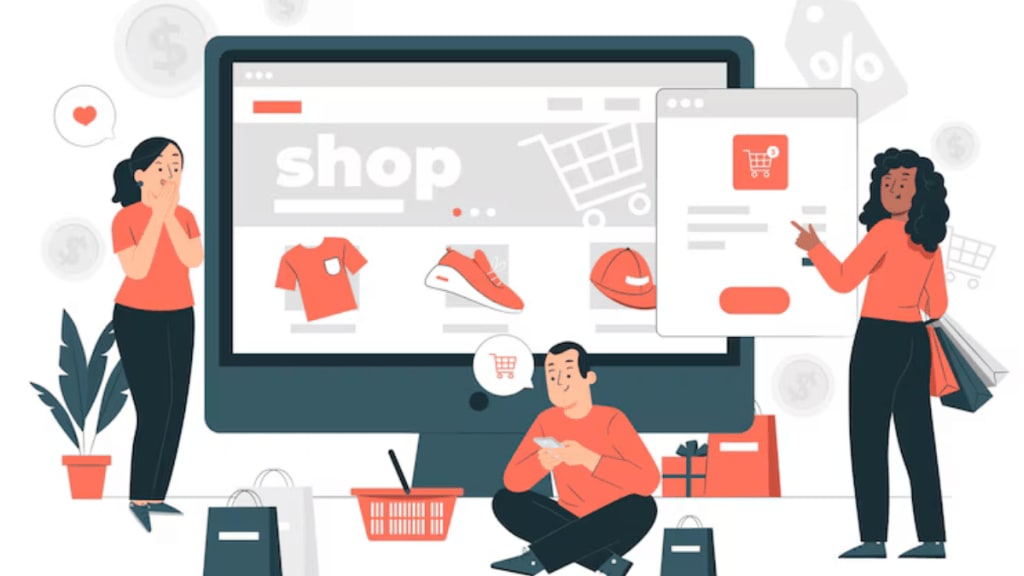By Vibha Singh
The phrase “content is king” dates back to the 90s. It was Bill Gates, co-founder of Microsoft who first used this phrase in an essay titled “Content is King,” which he published on the Microsoft website in January 1996. In the essay, Gates discussed the future of the internet and the pivotal role that content would play in driving its development and success. He emphasized the importance of content creation and distribution in attracting and retaining users, predicting that those who provided valuable content would thrive in the emerging digital landscape.
Over time, the phrase “content is king” has become widely recognized and adopted in the realms of marketing, media, and technology to underscore the significance of content in various contexts.
Here’s what it signifies:
Authority and Trust: Creating valuable content positions a brand or individual as an authoritative source within their industry or niche. By consistently delivering useful information, insights, or entertainment, they build trust with their audience.
Audience Engagement: Compelling content captivates and engages audiences, encouraging them to interact, share, and return for more. It sparks conversations, drives discussions, and fosters connections between brands and consumers.
Visibility and Reach: Quality content improves a brand’s visibility in search engine results, social media feeds, and other digital platforms. It attracts organic traffic, enhances brand awareness, and expands the audience reach.
Conversion and Sales: Effective content influences consumer behavior, guiding them through the buyer’s journey and prompting action, such as making a purchase or subscribing to a service. It educates, informs, and persuades potential customers, ultimately driving conversions and sales.
Differentiation and Competitive Advantage: In a crowded marketplace, standout content sets a brand apart from competitors. By offering unique perspectives, valuable insights, or innovative solutions, brands can differentiate themselves and gain a competitive edge.
Role of Content in Growing Organic Traffic:
SEO Optimization: High-quality content is essential for optimizing e-commerce websites for search engines. By incorporating relevant keywords, meta tags, and internal links, content improves website visibility and attracts organic traffic from users actively searching for related products or information.
Content Distribution Channels: E-commerce businesses can leverage various content distribution channels, such as social media, email newsletters, or influencer partnerships, to expand their reach and attract organic traffic. Sharing valuable content across multiple platforms increases brand visibility and drives traffic back to the e-commerce website.
User Engagement and Retention: Engaging content encourages users to spend more time on the e-commerce website, exploring products, reading blog posts, or watching videos. By providing a seamless and enjoyable user experience, content increases user engagement and encourages repeat visits, leading to higher organic traffic over time.
Types of Content Driving Results:
Blog Posts | Videos | Infographics | Case Studies | User-Generated Content
One example would be one of the country’s leading trendy fashion and lifestyle brands known for its quirky and youthful designs. Here are some of the insights of their content strategy from a bird’s eye view:
–Humorous Social Media Content: They have cultivated a strong presence on social media platforms like Instagram, Facebook, and Twitter by leveraging humor and relatability in their content. They create engaging posts, memes, and videos that resonate with their target audience of young, urban millennials and Gen Z.
–User-Generated Content (UGC): They actively encourage their customers to create and share content featuring their products. They often run social media contests, challenges, and campaigns that incentivize users to submit photos, videos, and reviews showcasing their merchandise in creative ways. By leveraging UGC, they not only amplify brand reach and engagement but also build a sense of community and authenticity around its brand, driving organic traffic through word-of-mouth recommendations and social proof.
–Interactive Mobile App: They also have a dedicated mobile app that offers a seamless shopping experience along with interactive features such as polls, quizzes, and games. These interactive elements not only enhance user engagement and retention but also serve as effective content marketing tools.
Expanding Content’s Royal Family:
While some speculate about the decline of content’s reign, it’s merely evolving. Multiple content formats, including videos, podcasts, and interactive content, are gaining prominence. Marketers need to embrace this diversity and prioritize creating engaging, valuable content to stay competitive in the digital landscape.
(The author is director, APAC of ETML)

